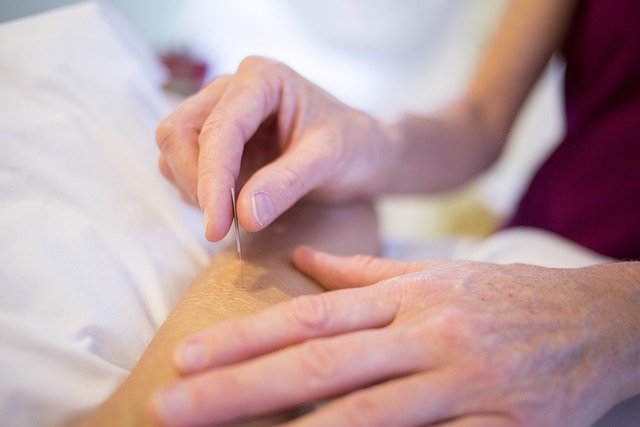Joint Pain Relief: Remedies, Lifestyle Tips, and Management
Joint pain can be a debilitating condition that affects millions of people worldwide, impacting their quality of life and daily activities. Whether it's caused by arthritis, injury, or overuse, understanding the root causes and exploring effective management strategies is crucial for those seeking relief. This article delves into various approaches to alleviate joint pain, from home remedies to lifestyle modifications, helping you regain comfort and mobility.

What are the common causes of joint pain?
Joint pain can stem from various factors, including inflammation, wear and tear, and underlying health conditions. Osteoarthritis, the most prevalent form of arthritis, occurs when the protective cartilage in joints breaks down over time. Rheumatoid arthritis, an autoimmune disorder, causes the immune system to attack the joints, leading to inflammation and pain. Other contributors to joint discomfort include injuries, gout, bursitis, and tendinitis. Understanding the specific cause of your joint pain is essential for developing an effective management plan.
Which home remedies can provide joint pain relief?
Several home remedies can offer significant relief from joint pain without the need for medical intervention. Applying hot or cold therapy to the affected area can help reduce inflammation and soothe discomfort. Heat therapy, such as warm baths or heating pads, can relax muscles and increase blood flow, while cold therapy, like ice packs, can numb pain and decrease swelling. Gentle exercises, such as swimming or tai chi, can improve joint flexibility and strength without putting excessive stress on the affected areas. Additionally, maintaining a healthy weight can significantly reduce pressure on weight-bearing joints, alleviating pain in the knees, hips, and lower back.
How can diet and nutrition support joint health?
A balanced diet rich in anti-inflammatory foods can play a crucial role in managing joint pain and promoting overall joint health. Incorporating omega-3 fatty acids found in fish, walnuts, and flaxseeds can help reduce inflammation throughout the body. Fruits and vegetables high in antioxidants, such as berries, leafy greens, and colorful bell peppers, can combat oxidative stress that contributes to joint damage. Certain spices like turmeric and ginger have natural anti-inflammatory properties that may help alleviate joint discomfort. Staying hydrated is also essential for maintaining the synovial fluid that lubricates joints, reducing friction and pain during movement.
What lifestyle changes can ease joint discomfort?
Making certain lifestyle modifications can significantly impact joint health and reduce discomfort. Regular low-impact exercise, such as walking, cycling, or water aerobics, can strengthen the muscles around joints, improve flexibility, and reduce stiffness. Proper posture and ergonomics, both at work and home, can prevent unnecessary strain on joints. Stress management techniques like meditation, deep breathing exercises, or yoga can help reduce tension in the body, which often exacerbates joint pain. Adequate sleep is also crucial, as it allows the body to repair and regenerate tissues, potentially reducing inflammation and pain.
When should you seek professional help for joint pain?
While many cases of joint pain can be managed at home, there are instances when professional medical advice is necessary. If joint pain is severe, persistent, or accompanied by swelling, redness, or warmth around the joint, it’s important to consult a healthcare provider. Similarly, if joint pain is associated with fever, unexplained weight loss, or inability to use the joint, seeking medical attention is crucial. A healthcare professional can provide a proper diagnosis, rule out serious underlying conditions, and recommend appropriate treatment options tailored to your specific situation.
What are some effective non-invasive treatments for joint pain?
Non-invasive treatments can offer significant relief for many individuals suffering from joint pain. Physical therapy is a cornerstone of joint pain management, helping to improve strength, flexibility, and range of motion through targeted exercises and techniques. Occupational therapy can teach individuals how to perform daily activities with less strain on affected joints. Acupuncture, a traditional Chinese medicine practice, has shown promise in reducing pain and improving function for some people with joint issues. Transcutaneous electrical nerve stimulation (TENS) units deliver small electrical pulses to the affected area, potentially interfering with pain signals and providing relief.
In conclusion, managing joint pain often requires a multifaceted approach that combines home remedies, lifestyle changes, and proper nutrition. By understanding the causes of joint pain and implementing these strategies, many individuals can find significant relief and improve their quality of life. However, it’s essential to recognize when professional help is needed and to work closely with healthcare providers to develop a comprehensive treatment plan tailored to your specific needs.
This article is for informational purposes only and should not be considered medical advice. Please consult a qualified healthcare professional for personalized guidance and treatment.




